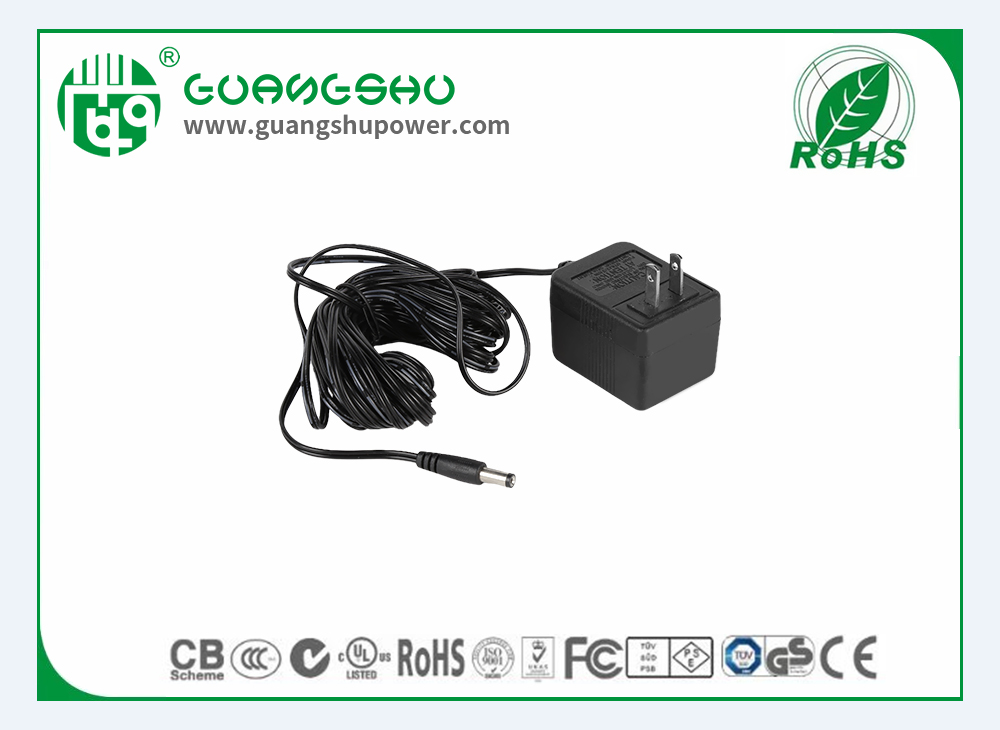Time:2025-04-03 Views:0

In the modern technological era, power adapters are ubiquitous, powering various devices from laptops to mobile phones. However, it’s not uncommon for them to trigger overload protection. When an adapter goes into overload protection, it cuts off power to prevent damage to itself and the connected device. The good news is that in most cases, an adapter can still be used after overload protection is activated.
First, once overload protection is triggered, it’s crucial to identify the cause. Often, connecting too many devices simultaneously or using a device with a higher power draw than the adapter can handle causes this issue. Disconnect all devices from the adapter and wait for a few minutes. This allows the adapter to cool down if overheating contributed to the overload. Then, reconnect only one device at a time, starting with the ones with the lowest power requirements.
If the adapter works after following these steps, it’s a sign that the initial overload was due to temporary overloading. However, if it fails to power on or trips again immediately, there may be a more serious issue. Internal components of the adapter could be damaged, such as a blown fuse or malfunctioning circuit. In such cases, it’s best to consult the manufacturer or a professional technician. Continuing to use a malfunctioning adapter can not only damage the connected device but also pose a safety risk, including the potential for electrical fires. Overall, with proper troubleshooting, many adapters can resume normal operation after overload protection is activated.
Read recommendations:
8.4V Australian standard charger